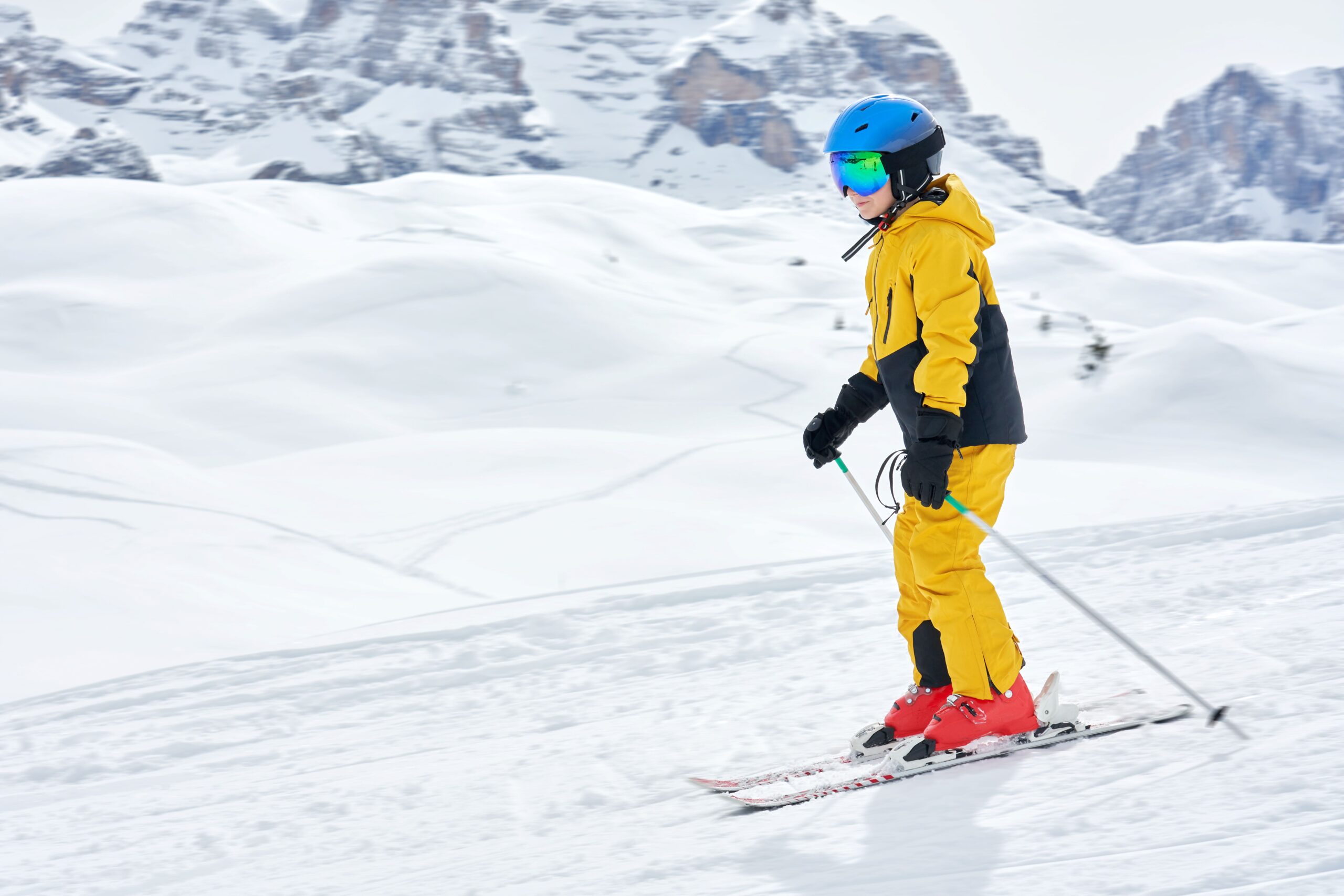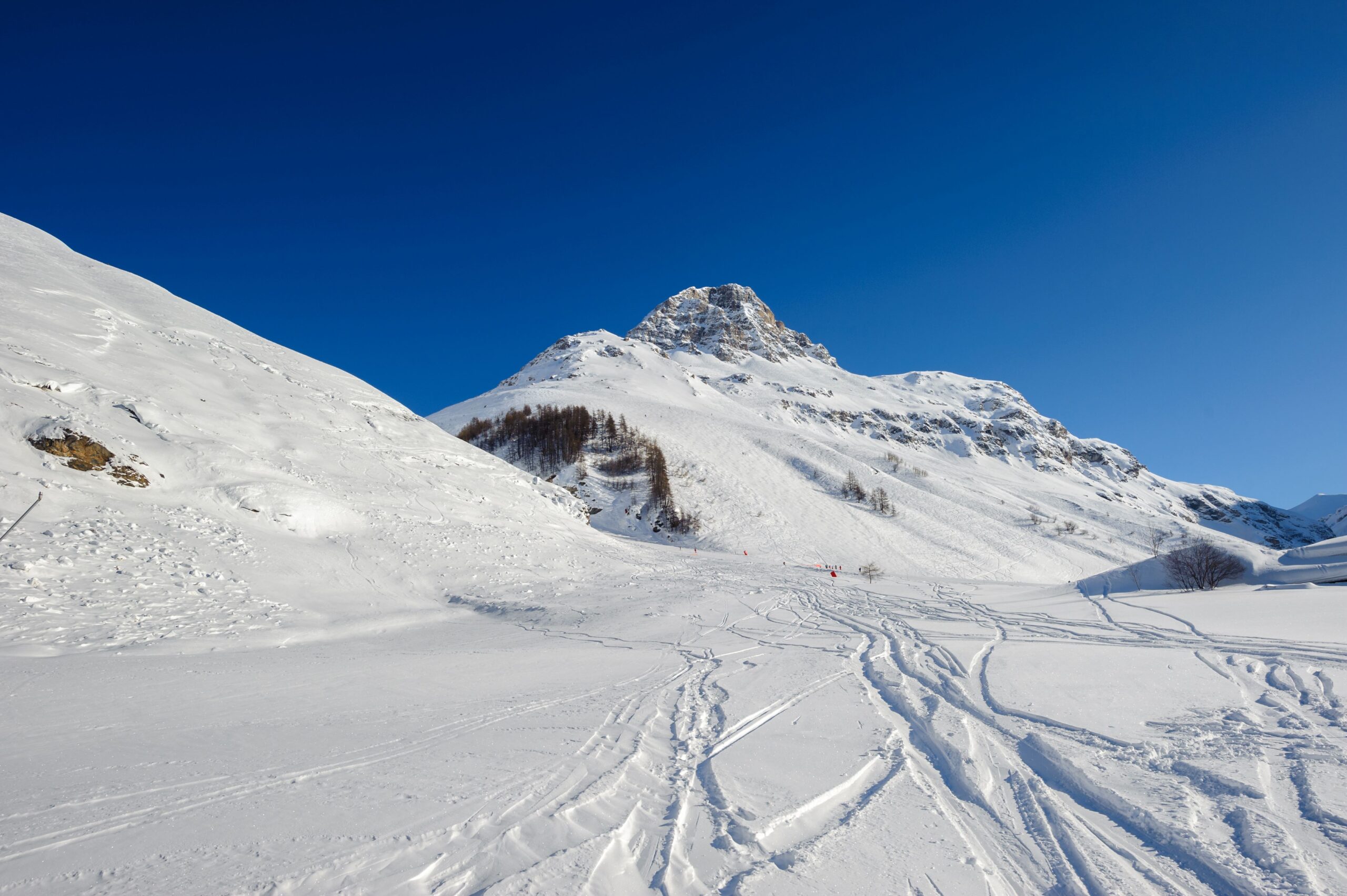Winter skiing in Zermatt doesn’t begin on the slopes. It starts earlier — often before sunrise, when the mountain is still quiet, and the only sound is the shuffle of boots along Bahnhofstrasse. For those arriving in December, the scene is almost cinematic: lights flickering through fog, the sharp smell of waxed skis, gloves being slapped together for warmth. It should feel rushed, but it doesn’t. Not really.
This is where the skiing season Zermatt offers stands apart. The pace is steady, the rituals embedded. And just after the first run, when legs begin to speak and adrenaline gives way to routine, something else unfolds. At Gornergrat station, skiers pause for coffee, photos, or simply to watch the light shift across the peaks. Then they move on — or don’t. Timing, here, is negotiable.
Terrain Overview and Lift Access
The terrain in Zermatt is divided across multiple areas, each with its own tone. Sunnegga is sunlit and social, while Schwarzsee leans wilder. Gornergrat is, in some ways, both. Most access begins in town, with cable cars pulling you steadily toward altitude.
Lift systems are smooth, but the queues — especially around 10:00 — can stretch unexpectedly. Locals know to start earlier. Or later. There’s a rhythm, but it isn’t obvious.
One lift operator — middle-aged, beard half-frozen — nodded at a group last February and said, “You missed the best snow by 40 minutes.” No one argued. They knew. This wasn’t criticism, just fact. On good days, the delay costs more than time — it costs texture.
What often surprises first-time visitors is the sheer vertical range: from base village to upper glaciers, the transition is dramatic. This means planning ahead — not just for which lift, but which layer of gear to wear, how long to stay out, where to break. Every choice has consequences. And elevation always wins.
Typical Snow Conditions by Month
Early December brings variable coverage — groomed where needed, but not always deep. January improves fast. Cold, sharp snow. Less forgiving. It holds a line longer. February is fuller: powder stretches and occasional storms. March softens the edges. Days grow longer; so does each run.
By April, the snow at lower elevations starts thinning. But above 2,500 meters, mornings remain sharp. Not crisp — sharp. There’s a difference. Edges bite better. Visibility plays tricks.
Weather changes quickly. One morning can bring blue sky and calm. By lunch: wind and shadow. A skier adjusting goggles near Blauherd muttered, “It was summer twenty minutes ago.” That’s not an exaggeration. That’s Zermatt.
The glacier areas retain snow well into spring, but transitions matter. A slope that felt stable at 10:00 may slush by 13:00. Timing, once again, becomes part of skill. Some locals ski by sound — the way snow responds under edge tells them more than any forecast. And they’re often right.
Gear, Rentals, and Local Etiquette
Rental shops in Zermatt open early — often before 7:30. During peak weeks, queues start forming outside by 7:15. Inside: controlled chaos. Clicks of boot fittings. The occasional curse in three languages. Some staff work with wordless efficiency. Others chat. Either way, things move.
Gear matters here. You can feel the difference between rental tiers — not just in price, but in grip, balance, even attitude. A beginner with high-end skis once said, “They don’t forgive me, but they understand me.” That might be true.
On the slopes, etiquette is… quiet. People yield without fuss. Loud behavior gets no echo. And no one explains rules out loud. You learn them — or you don’t. It shows either way.
Helmet use is expected, though not enforced. Lining up is unscripted, but orderly. And poles click in rhythm when lines inch forward. Locals often recognize each other by stance, not face. Etiquette here isn’t written — it’s absorbed, silently, like the way snow dampens noise.
Après-Ski and Winter Atmosphere
Après-ski in Zermatt is not a single scene. It’s many. Some end their day with glühwein on the terrace. Others descend straight into low-lit lounges with leather chairs and brass lamps. The town doesn’t push one version. It absorbs them all.
At Gornergrat, especially on clear days, skiers gather mid-afternoon just to watch the light change. There’s music sometimes. Sometimes not. And even when it’s crowded, there’s still space to be alone — if you want it.
By 18:00, the rhythm changes. Steam from hotel saunas. Traces of snow melted into lobby rugs. Outside, the boots clack less often. Inside, hands cradle mugs. You might say the day ends here — But it doesn’t. Not quite.
Some head out again for dinner in ski socks, hair still damp from the spa. Others wander, no plan, until they find something — or don’t. The mountain lingers in the rhythm of the town. You notice it not in what people say, but in how they move slower. As if descent continues, even off the slope.
